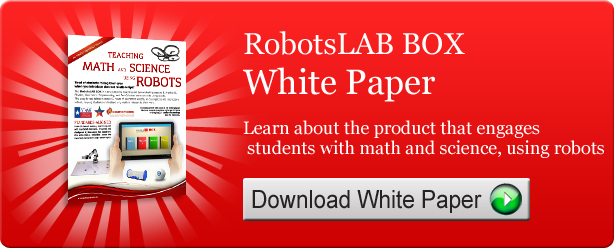It's not a big secret, committed teachers have been aware of this forever. The best way to get students to learn anything about a subject is to find out what they are interested in and then show them how what interests them relates to the subject the teacher hopes to teach them. But like most things we believe instinctively it is always nice to find scientific proof for our beliefs.
Recently researchers using a Carnegie Learning software called cognitive tutor put high school students in two distinct groups to study Algebra. In one group were the students whose backgrounds had been researched in order to discover their personal interests. Stuff like music, movies and sports. These students received their algebra with lesson plans attuned to their personal interests. The second group was taught in the good old way math has always been taught, from a book and with no attention paid to the kids real lives. Can you guess what those researchers discovered? Exactly!
Again, committed teachers have always been aware of the power inherent in interest-based learning. They have used it to best advantage when they could. Problem was, they could not begin to discover the individual interests of every student in their class of thirty or so--much less hope to act upon them! Unavailable expensive software from Carnegie Learning aside, who had the time?
To her credit, one of the chief researchers, Candace Walkington, assistant professor in the department of teaching and learning at Southern Methodist University, admitted to the existence of this conundrum and attempted to design a program to assist in overcoming it. Using the following problem as an example, she believed teachers could personalize algebra problems: "A particular assembly line in an automobile company plant can produce thirteen cars every hour." How many cars will have been assembled after a certain number of hours? This for the young automobile fanatic. Computer nerds might be more interested in answering the question as to the number of hits received on a YouTube video within a certain time. Music lovers might grove on figuring how many of their favorite pop tunes could be played within a number of minutes or hours.
We admire Ms. Walkington’s attempt at solving the resources problem inherent in interest-based learning (also called "personalization"), and would like to present a more affordable solution: Robots! Has anyone ever known a kid who wouldn't be fascinated by a robot? Instead of expending valuable teaching time and effort searching for every individual child’s learning "sweet-point," teach using a tool that fascinates nearly every individual child. Try our RobotsLAB BOX for math instruction and see what we mean!


